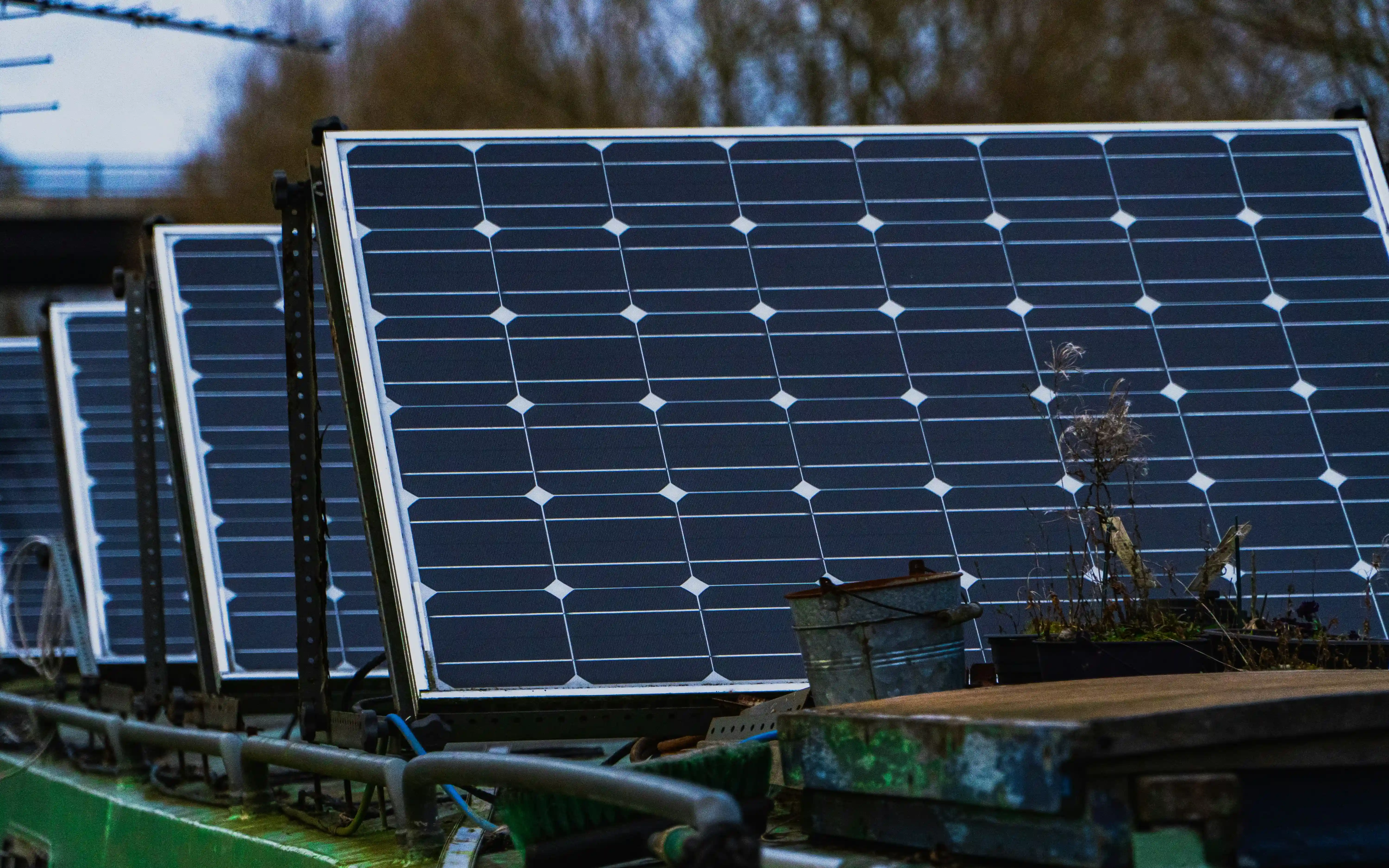
In the realm of transportation, the debate surrounding the efficiency of airplanes versus cars has long been a topic of interest. Both modes of transport have their advantages and drawbacks, and determining which is more efficient requires a comprehensive analysis. In this article, we delve into the intricacies of this debate, examining various factors that contribute to the efficiency of airplanes and cars. By exploring fuel consumption, emissions, infrastructure, and technological advancements, we aim to shed light on the complex relationship between these two modes of transportation.
- Fuel Efficiency:
Airplanes, despite their colossal size and weight, are surprisingly efficient when it comes to fuel consumption. Modern aircraft employ advanced aerodynamics, lightweight materials, and fuel-efficient engines to minimize their carbon footprint. However, cars have made significant strides in recent years, with the advent of electric and hybrid vehicles. Electric cars, in particular, offer impressive energy efficiency, as they convert a higher percentage of stored energy into motion compared to internal combustion engines. While airplanes have made notable progress, cars have gained ground in terms of fuel efficiency. - Emissions:
When it comes to emissions, airplanes face a unique challenge. While cars emit greenhouse gases directly from their tailpipes, airplanes release their emissions high in the atmosphere. This altitude amplifies the environmental impact of aircraft emissions, as they contribute to the formation of contrails and other atmospheric phenomena. However, advancements in aircraft engine technology and the use of sustainable aviation fuels are helping to mitigate these emissions. On the other hand, electric cars produce zero tailpipe emissions, making them a cleaner alternative for urban environments. - Infrastructure and Accessibility:
One crucial aspect to consider is the infrastructure required to support each mode of transport. Cars benefit from an extensive road network that spans across cities, towns, and rural areas. This accessibility allows for door-to-door transportation and greater flexibility. Airplanes, on the other hand, rely on airports and air traffic control systems, which require substantial investments and maintenance. While airports are essential for long-distance travel, they may not be as accessible or convenient for shorter journeys. The efficiency of each mode depends on the availability and suitability of the infrastructure in a given context. - Technological Advancements:
Advancements in technology play a pivotal role in enhancing the efficiency of both airplanes and cars. In recent years, electric propulsion systems, autonomous driving capabilities, and improved aerodynamics have revolutionized the automotive industry. These innovations have led to increased energy efficiency and reduced emissions in cars. Similarly, the aviation industry has witnessed advancements in aircraft design, engine efficiency, and air traffic management systems. These technological breakthroughs have contributed to improved fuel efficiency and reduced environmental impact in airplanes.
Conclusion:
Determining whether airplanes or cars are more efficient is a complex task that requires considering multiple factors. While airplanes have made significant strides in fuel efficiency and emissions reduction, cars have caught up with the rise of electric and hybrid vehicles. The accessibility and infrastructure requirements also differ between the two modes of transport. Ultimately, the efficiency of each mode depends on the specific context and purpose of travel. As technology continues to evolve, both airplanes and cars will likely become even more efficient, paving the way for a greener and more sustainable future of transportation.

